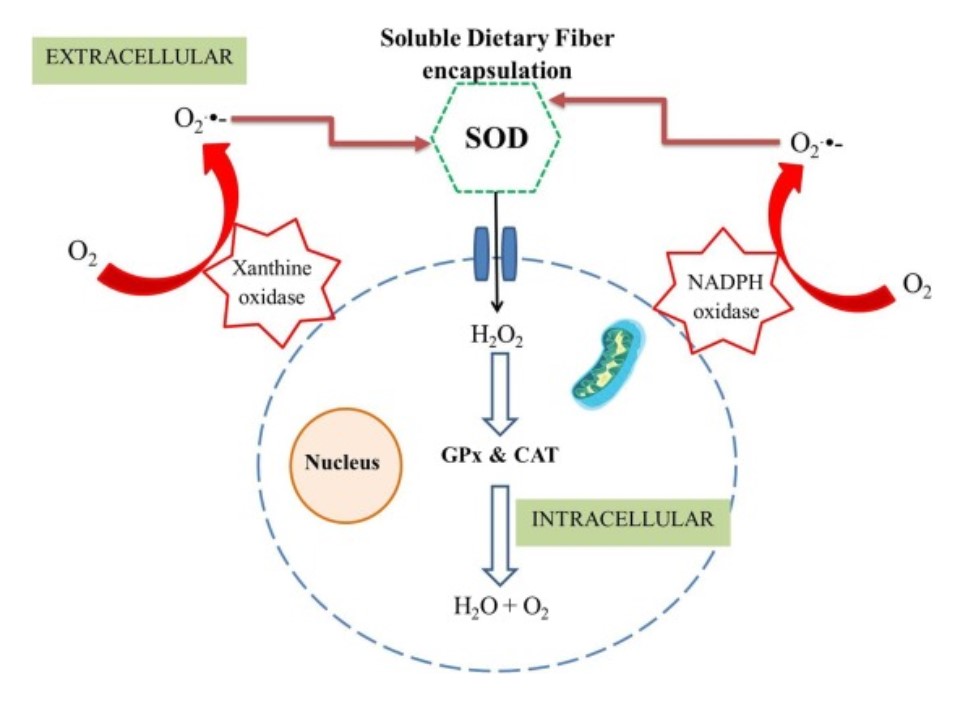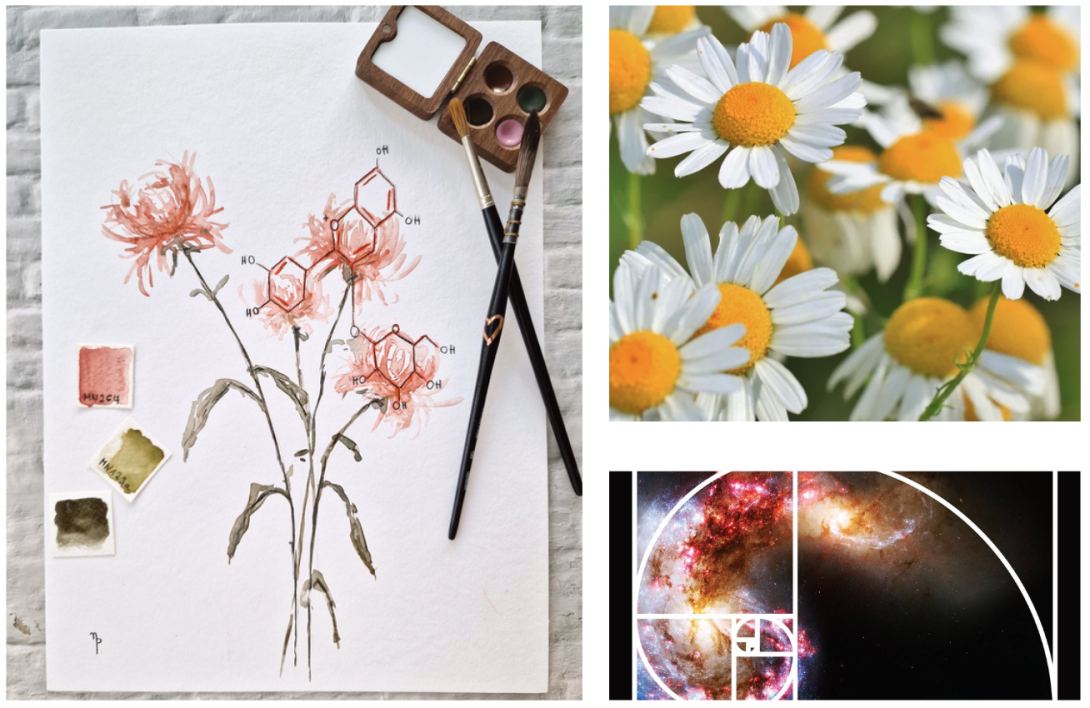Psalm 95:4-5
In his hand are the depths of the earth;
the heights of the mountains are his also.
The sea is his, for he made it, and his hands formed the dry land.
Since I’ve been studying chemistry lately, this issue is mostly on that topic, especially chemistry in the human body.
Antioxidant Defense System:
“Antioxidant” is a popular word when it comes to the cosmetic world and blueberries :). However, I am most fascinated by antioxidants when the antioxidant system is still very immature: at birth. This interest is because a) healthy babies are impressively prepared to deal with the onslaught of oxidants in their brain, and b) when babies experience brain damage and the consequential free radicals, the body’s antioxidant system may hold the key to the next advancement in treatment.
So what are antioxidants? Antioxidants are substances that fight free radicals, which are unstable molecules with unpaired electrons (“Free Radical Definition and Meaning”). These free radicals will steal electrons from other chemicals, tissue, and DNA (Lui et al. 2). One kind of free radical is a “reactive oxygen species” (ROS) (2). ROS’s are chemical compounds containing oxygen that are missing electrons (2).
Antioxidants can be enzymatic or non-enzymatic, but my focus is on antioxidant enzymes (Lui et al., 4). One example of these enzymes is superoxide dismutase, which converts the ROS superoxide ( O_2^-) to diatomic oxygen and hydrogen peroxide, which are less harmful to the body (5).
 Although hydrogen peroxide is less harmful than superoxide, it is still a toxin (Lui et al 5). Thus, another antioxidant enzyme called catalase decomposes hydrogen peroxide (H_2O_2) to water and molecular oxygen (5). A third enzyme, glutathione peroxidase, donates an electron to speed up the decomposition (5).
Although hydrogen peroxide is less harmful than superoxide, it is still a toxin (Lui et al 5). Thus, another antioxidant enzyme called catalase decomposes hydrogen peroxide (H_2O_2) to water and molecular oxygen (5). A third enzyme, glutathione peroxidase, donates an electron to speed up the decomposition (5).
This process is just one simplified piece of the body’s elegantly balanced oxidant defense system, or the body’s coordinated fight against free radicals.
ROS’s are actually healthy in the correct amounts. They play a vital role in signal transduction and in the immune system (Lui et al. 2). For example, ROS’s help initiate and maintain the inflammation that causes a fever (2). However, at birth, infants’ bodies are overwhelmed with ROS’s. For example, when a baby breathes air for the first time, it is exposed to exponentially more oxygen than it has previously experienced (Tortora et al. 1188). More oxygen creates more ROS’s (1188). A healthy baby’s immune system is well equipped for this challenge, despite the fact that its oxidant defense system is much less mature than an adult’s (1188). This is amazing considering that adults rarely experience this level of oxidative stress!

In other situations, however, a baby’s brain is temporarily deprived of blood and oxygen due to injury during birth (Rallis et al. 1). When blood finally returns to the brain, the neurons are more overwhelmed by the oxygen than if there had been no delay in oxygenation (2). This causes an increase in ROS’s, which then attack the brain tissue (2). Scientists are currently exploring treatments for neonatal brain damage (called encephalopathy) based on their study of the oxidant defense system and the elegant balance of chemicals it regulates. For example, melatonin has been administered to babies with encephalopathy because of its antioxidant properties and its ability to cross the blood-brain barrier (5). This area of research is critical because babies currently have only one FDA-approved treatment for neonatal encephalopathy; however, younger and sicker babies often cannot endure this treatment (Children’s Hospital of Philadelphia, par. 3). Although there are other possible future therapies for neonatal encephalopathy, an understanding of the antioxidant system is important to advancing neurological neonatal care.
 Works Cited:
Works Cited:
The Children’s Hospital of Philadelphia. “Hypoxic-Ischemic Encephalopathy (HIE) Clinical Pathway – ICU – Eligibility Criteria.” Children’s Hospital of Philadelphia, www.chop.edu/clinical- pathway/therapeutic-hypothermia-neonatal-hypoxic-ischemic-encephalopathy-hie-eligibility#patient-characteristics. Accessed 9 Aug. 2025.
“Free Radical Definition & Meaning.” Merriam-Webster, Merriam-Webster, www.merriam-webster.com/dictionary/free%20radical. Accessed 9 Aug. 2025.
Liu, Jiatong, et al. “Reactive oxygen species (ROS) scavenging biomaterials for anti-inflammatory diseases: From mechanism to therapy.” Journal of Hematology and Oncology, vol. 16, no. 1, 30 Nov. 2023, https://doi.org/10.1186/s13045-023-01512-7.
Rallis, D., Dermitzaki, N., Baltogianni, M., Kapetaniou, K., & Giapros, V. (2024). Balance of Antioxidants vs. Oxidants in Perinatal Asphyxia. Applied Sciences, 14(21), 9651. https://doi.org/10.3390/app14219651
Tortora, Gerard J., and Bryan Derrickson. Principles of Anatomy and Physiology. Wiley, 2023.


Add new comment